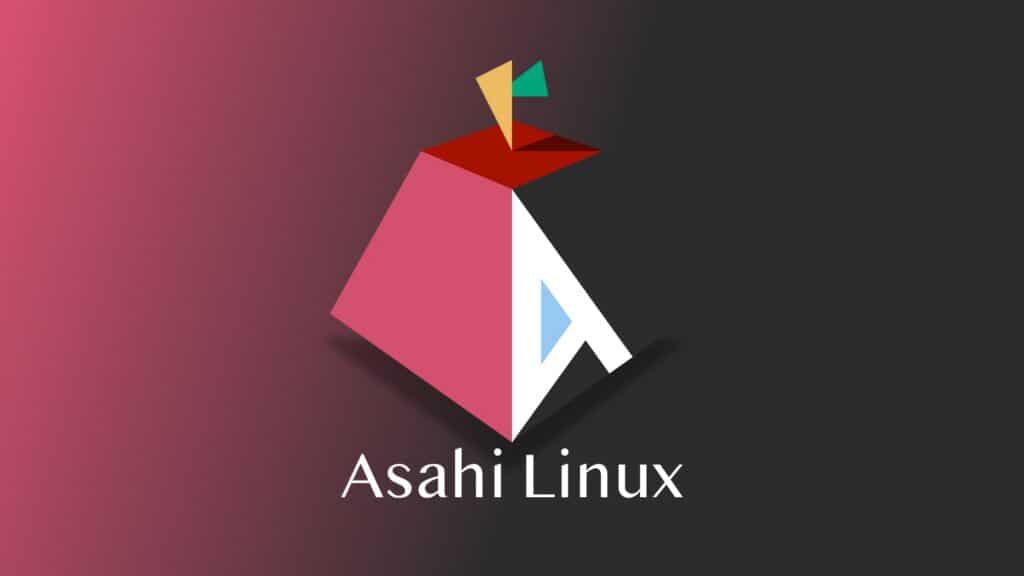The Asahi Linux team has published its latest progress report, and even though the lead developer stepped away from the project a few months ago, it’s still moving forward and making solid progress toward full Linux support on Apple Silicon hardware. More specifically, with the release of Linux kernel 6.17, several long-awaited components have finally been merged upstream. Here are the details.
After years of discussion, the SMC core driver has been merged, accompanied by drivers for the GPIO and reboot controllers. This means devices that already run upstream kernels can now reboot cleanly — a critical step toward upstream Wi-Fi and Bluetooth enablement. Linux kernel 6.17 also includes new device tree definitions essential for future GPU driver integration.
Support has also expanded to cover the DART IOMMU on Apple’s M2 Pro, Max, and Ultra chips. The driver now implements four-level page tables to handle the larger address space on these SoCs. With that, device trees for all M2 variants have been merged and will appear in Linux 6.18-rc1.
Beyond kernel work, the team has turned its attention to m1n1 — the hypervisor and bootloader that bridges the gap between Apple’s firmware and Linux. A new CI pipeline now automates UEFI bundle builds, ensuring installation images stay up to date. The latest m1n1 release, version 1.5.2, introduces compatibility updates for USB and GPU device trees and marks the project’s first steps into Rust.
Parts of m1n1 are now being rewritten in Rust to improve safety and maintainability, beginning with the Apple Device Tree handling code. Despite the language shift, performance remains unchanged, showing that safety doesn’t have to come at a cost.
Asahi developers have also introduced tuxvdmtool, a Linux-native reimplementation of macvdmtool, which previously required macOS. This new utility allows rebooting Apple Silicon devices and routing their UART output over USB, all from another Linux host. The goal is to make low-level bring-up and debugging more accessible — even when the host system itself is an Apple Silicon Mac running Linux.
A consistent theme throughout Asahi’s work remains its upstream-only approach. Rather than maintaining downstream forks, the project focuses on integrating its changes directly into the mainline Linux kernel and other open-source projects.
This approach ensures long-term maintainability while benefiting the wider ecosystem — for instance, through shared Mesa code that enables geometry and tessellation shader emulation on multiple mobile GPUs, not just Apple’s.
The report highlights poly, a new shared effort to make geometry- and tessellation-shader emulation available to all Mesa drivers, potentially improving OpenGL and Vulkan compatibility on devices with ARM or PowerVR GPUs.
Finally, daily Fedora Asahi Remix builds targeting Fedora 43 are now underway, with Fedora 44 integration already being discussed as part of KDE’s new Plasma Setup initiative. Meanwhile, according to devs, early work on Apple’s M3 chips has begun, with m1n1 able to boot to a blinking cursor.
For more information, see the report.
